Uzbekistan – the alleged native range of Lasius neglectus
In the recent article “Uzbekistan — the alleged native range of the invasive ant Lasius neglectus (Hymenoptera, Formicidae): geographical, ecological and biological evidences” published in ZooDiversity, S.V. Stukalyuk, A.G. Radchenko, A. Akhmedov, and A.A. Reshetov reveal that Uzbekistan might be the native range of L. neglecuts, a widespread invasive ant species. They detected numerous L. neglectus populations in Uzbekistan living in natural habitats throughout the country except for arid zones. Here, Stanislav V. Stukalyuk shares some pictures taken during the fieldwork of the study.
A Photoblog contribution by Stanislav V. Stukalyuk

All picutres are (© Askar Akhmedov)
A typical habitats of L. neglectus in Aksag Ata. The coordinates are 41° 21 26.23″N, 69° 56 33.22″E.
Typical habitats of L. neglectus in Gissar reserve. Coordinates 38°57 11.98″N, 67°20 5.46″E.
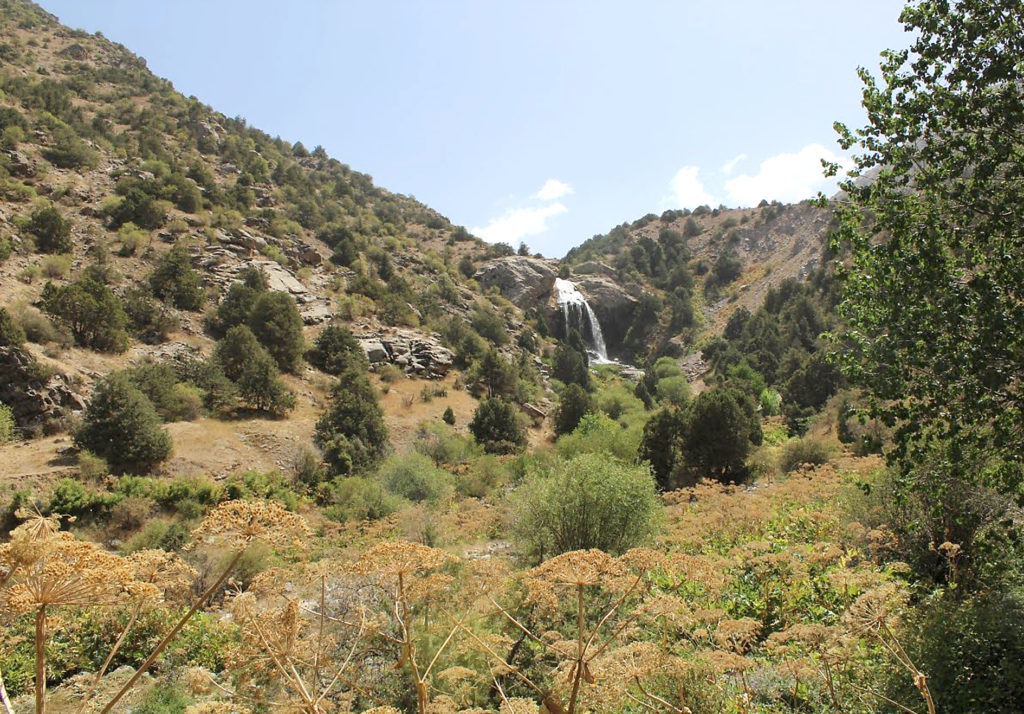
The pictures of the nests below were taken in Tashkent, the capital and largest city of Uzbekistan. The first two pictures show Lasius neglectus nest in wood.
In the picture below, males are getting ready for the nuptial flight (Aksag Ata).
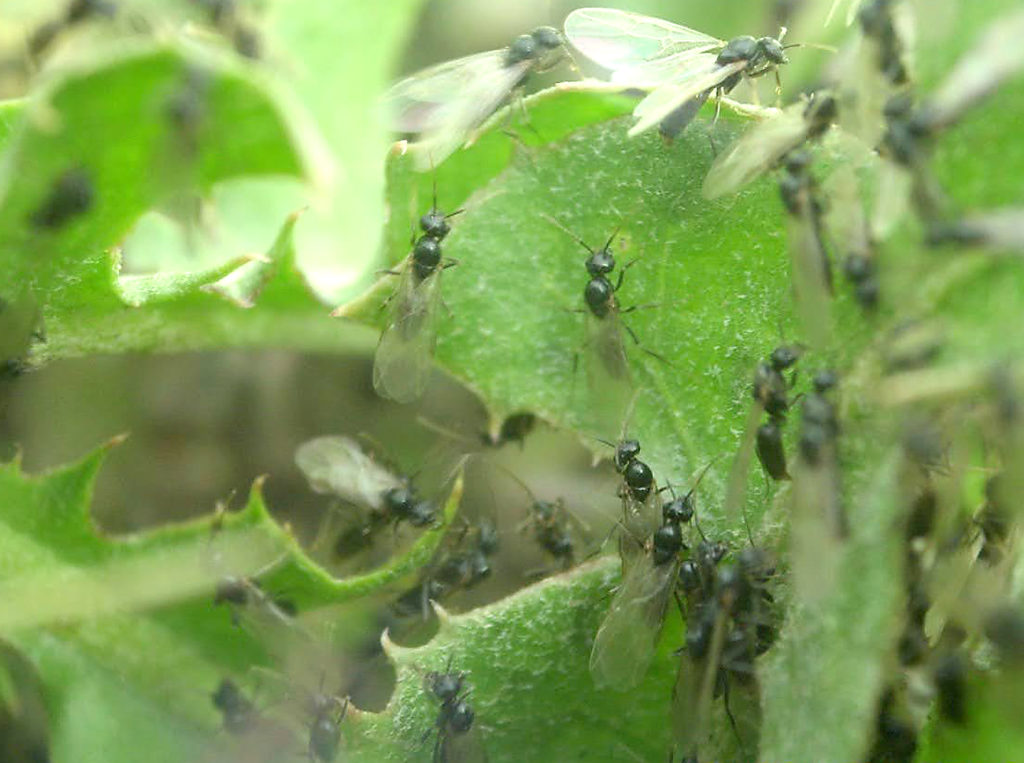
Here, workers eat an Egyptian locust (Anacridium aegyptium). The photo was taken in Tashkent.
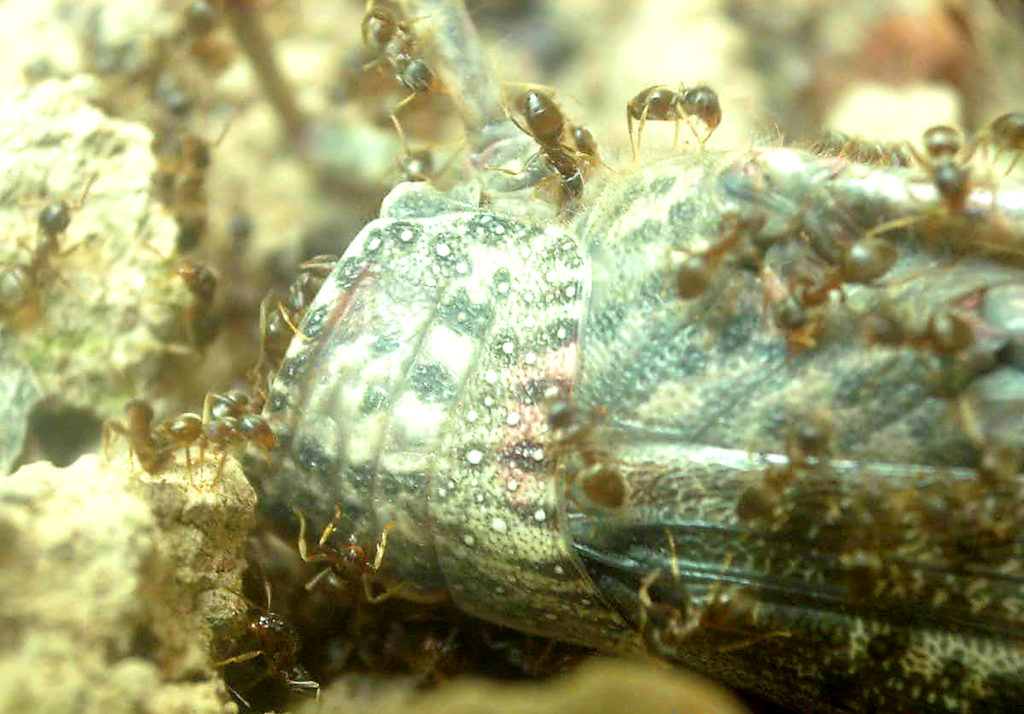
Another habitat of L. neglectus is in the mountain range Pistalitau. Coordinates 40°18 32.80″N, 67°19 46.99″E.
We also keep some Lasius neglectus colonies in the laboratory.
While until now, the photoblog dealt with L. neglectus, this video below shows a mixed colony with workers from Lasius umbratus (yellow ants in the video) and Lasius fuliginosus (black ants in the video). Workers from both species are on the same on foraging trails and inside the nest. The colony was discovered in 2015 on the territory of Kyiv (Ukraine). The coordinates were 50° 21.768, 30° 33.731, but unfortunately, the colony ceased. The location of the colony was Zhukov Island located on the southern outskirts of the city. Here, meadow habitats prevail, as well as floodplain forests, often with a high level of shading, formed by undergrowth of Acer negundo. The first vegetation layer is made up of trees of English oak (Quercus robur), black poplar (Populus nigra), white poplar (Populus alba). The second layer consists of elm (Ulmus laevis) and maple undergrowth (Acer negundo). The colony inhabited the trunk of an old oak tree (1 m in diameter, see picture below); the nest and its outlets were located under the base of the trunk (picture below). There was 1 trail along the trunk, on which foragers of both species were observed. Neighboring trees were not occupied by these ants. The oak grows on the outskirts of the meadow, at the entrance from the dam to the territory of Zhukov Island, in a place of active recreation for people.
In a mixed colony, there is a full-fledged coexistence of workers of two species, with antennal contacts, following forage trails (possibly, along with the trail pheromones of L. fuliginosus). The very fact of the presence of L. umbratus workers on the trails outside the nest indicates a change in their lifestyle. Therefore, it can be assumed that the L. fuliginosus trail pheromones for L. umbratus will play a key role in movement outside the nest. Perhaps when the L. fuliginosus queen invaded the L. umbratus colony, the L. umbratus queen was able to survive or the L. umbratus queen was killed by the L. fuliginosus queen and the L. umbratus workers, which we see on the video, are just the remnants of the former queen.
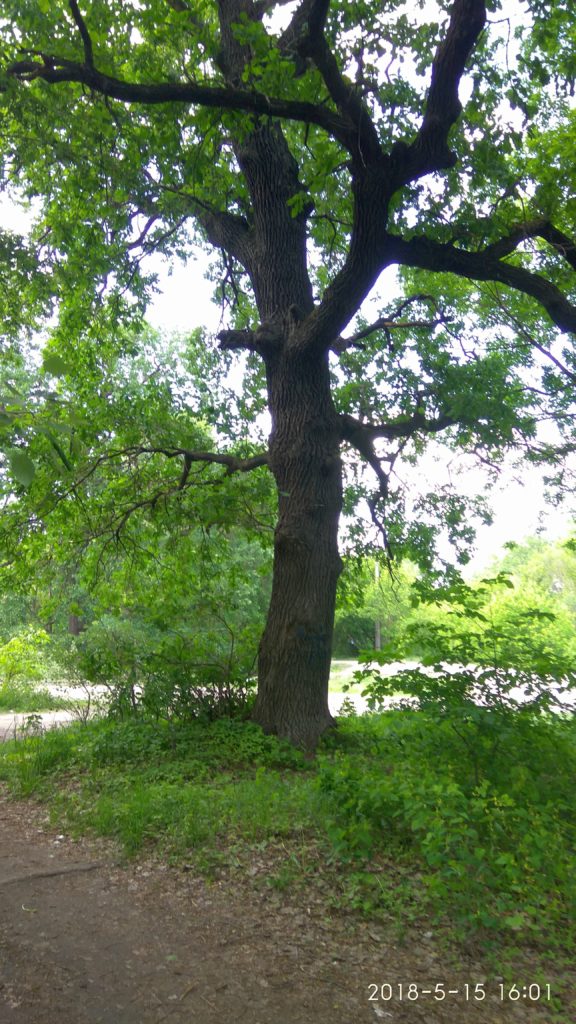
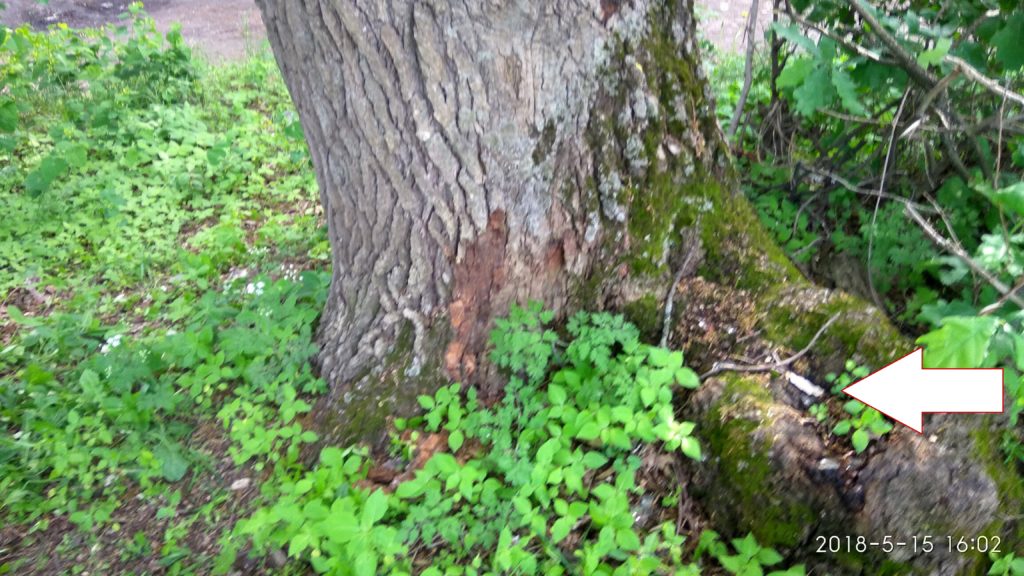


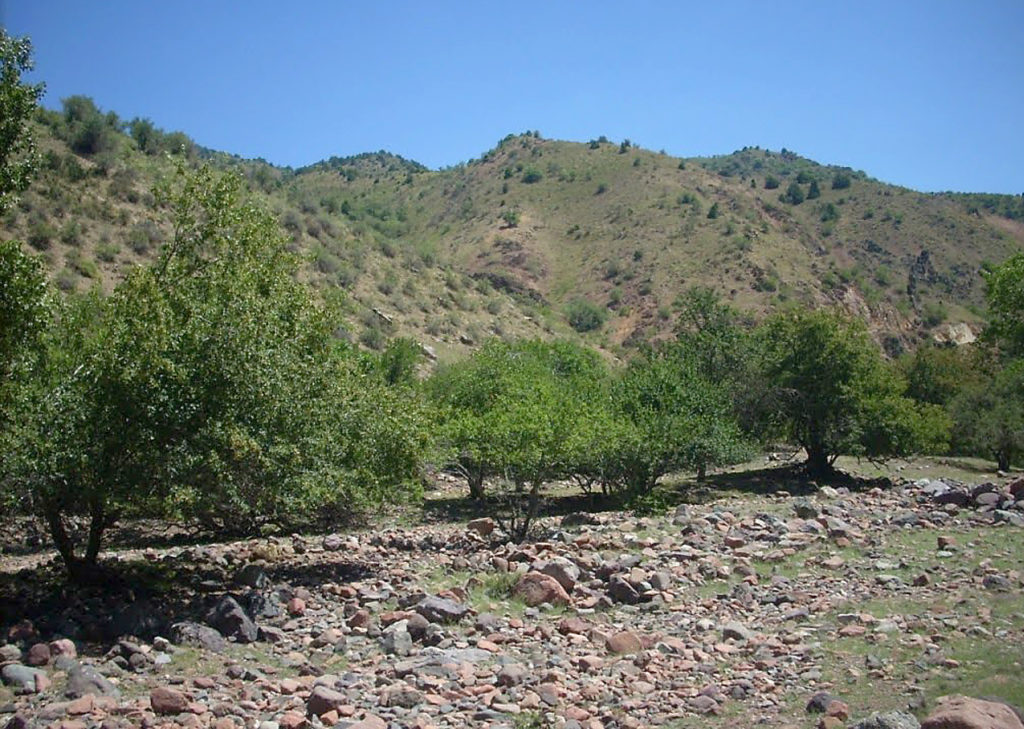


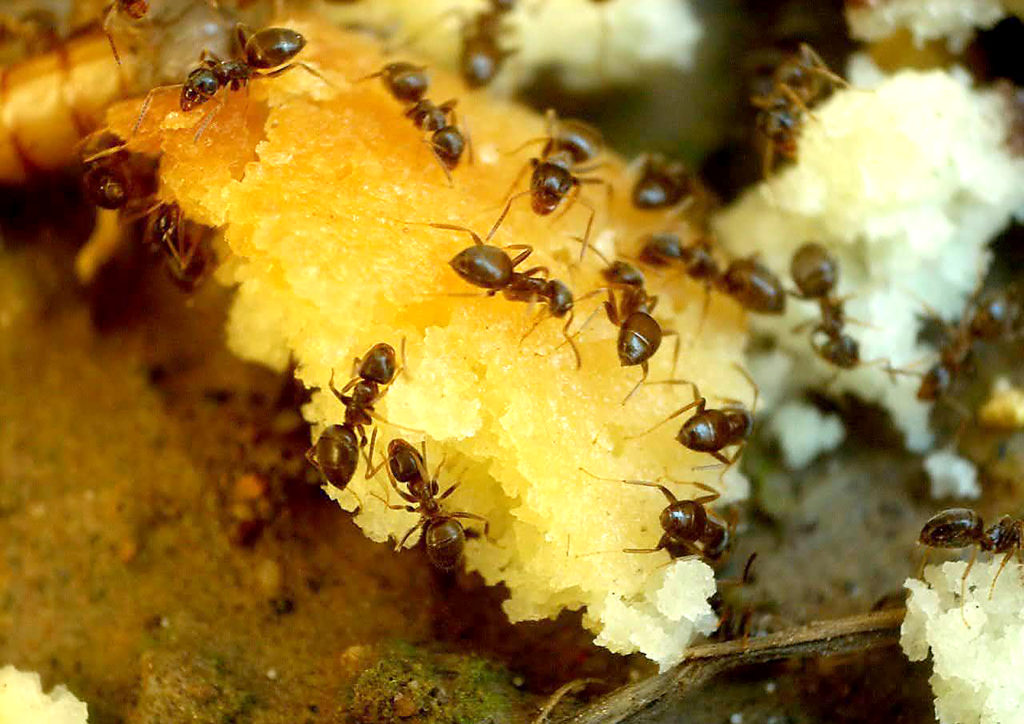
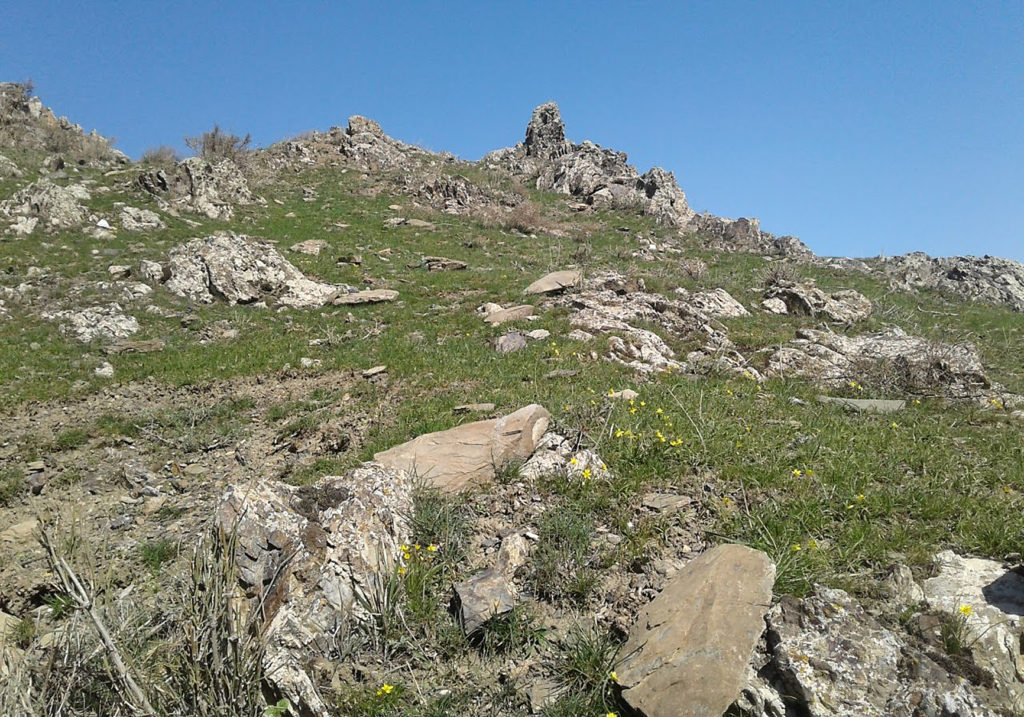
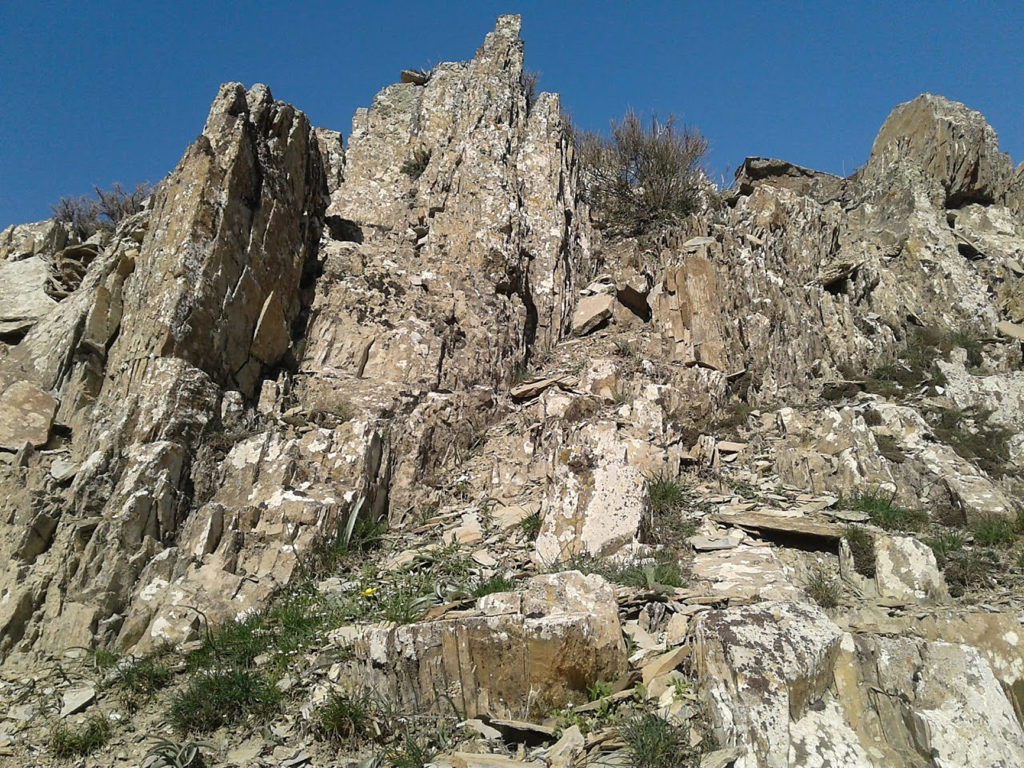
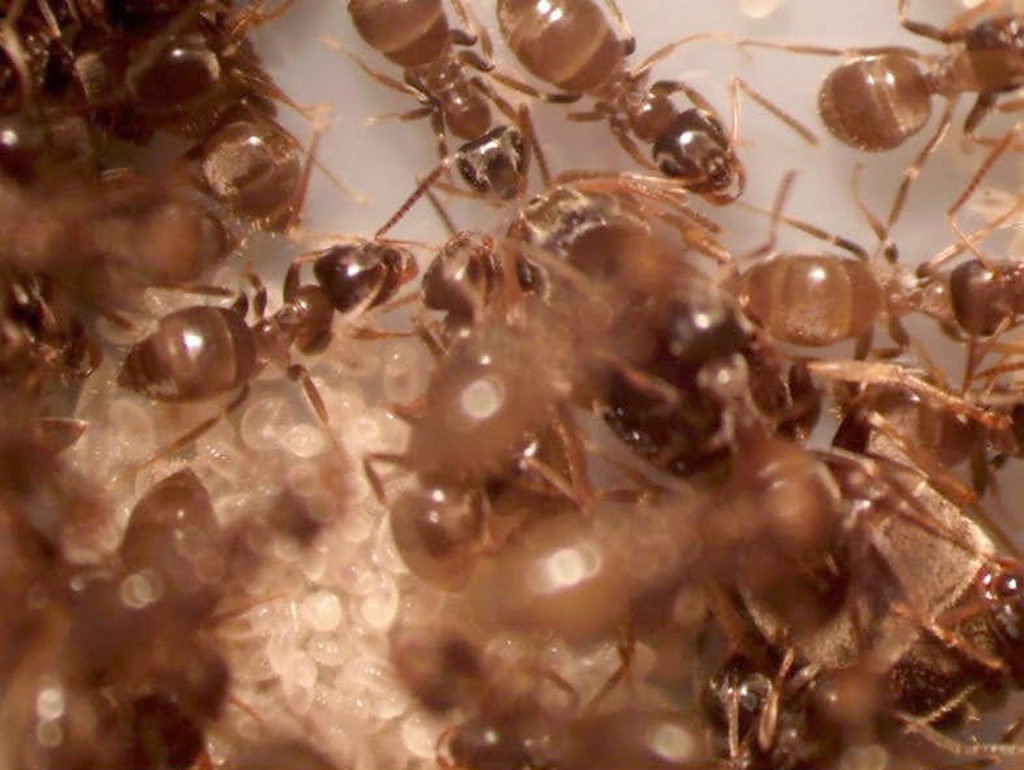

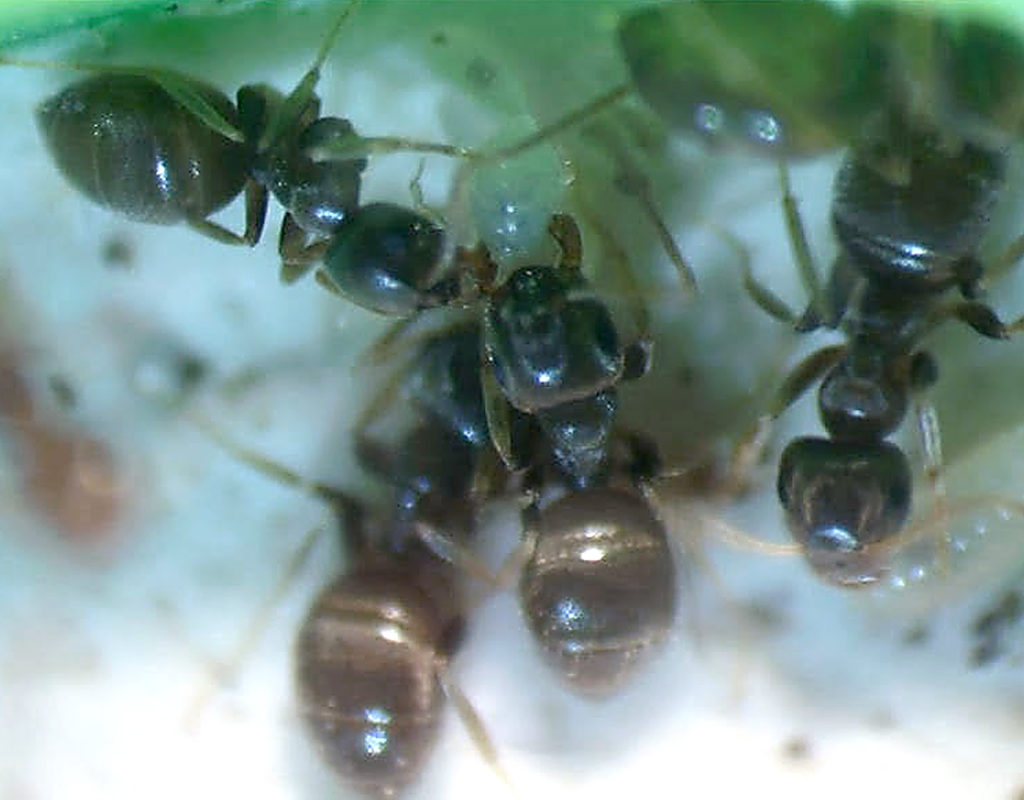

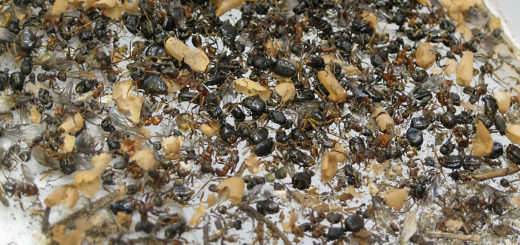
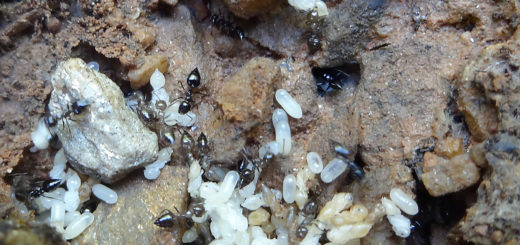
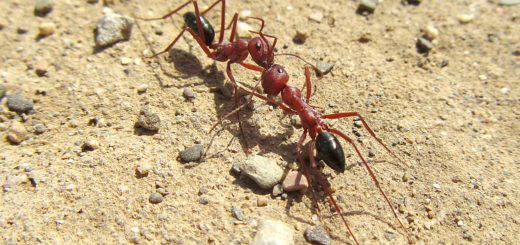
Recent Comments